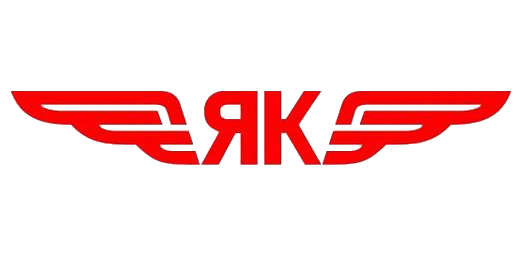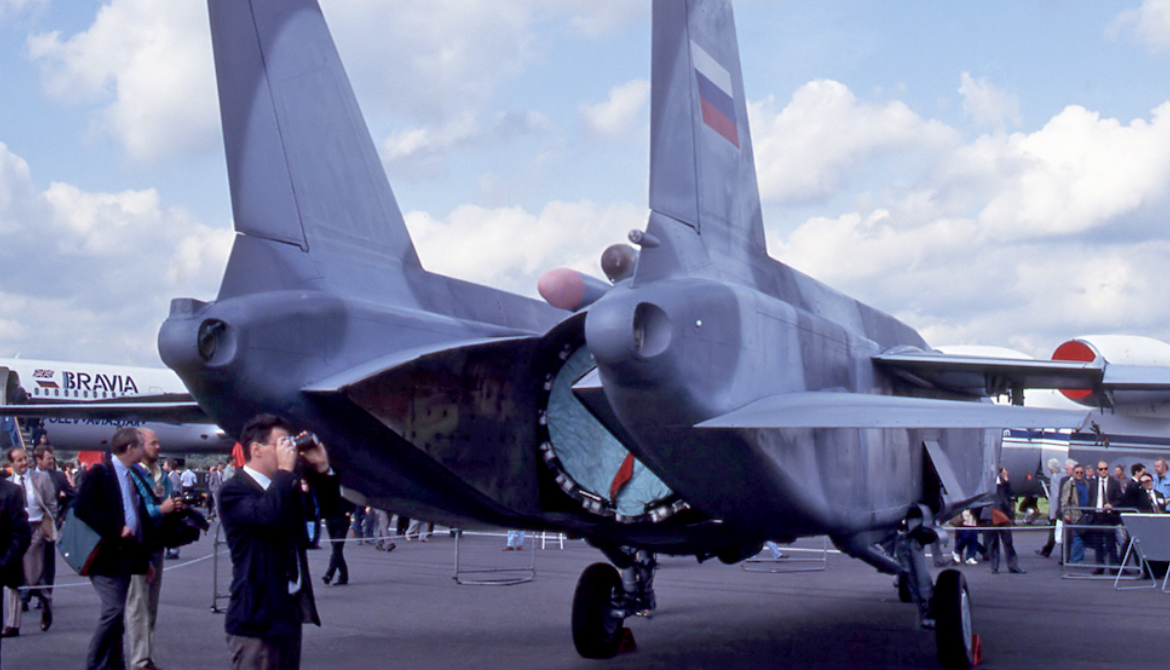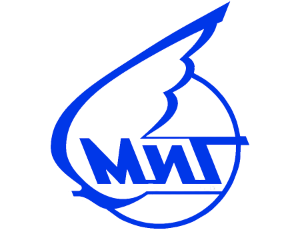JSC A.S. Yakovlev
Yak-141 ("Freestyle")
|
|||||||||||||||||||
.
History JSC A.S. Yakovlev Design Bureau
Yakovlev Yak-141
(NATO reporting name: "Freestyle")

The Yakovlev Yak-141 (Russian: Яковлев Як-141; NATO reporting name "Freestyle"), also known as the Yak-41, is a Soviet supersonic vertical takeoff/landing (VTOL) fighter aircraft designed by Yakovlev. Intended as a replacement for the Yak-38, it was designed as a supersonic fleet defence fighter capable of STOVL/VTOL operating from Soviet carriers. Four prototypes were built before the project's cancellation
Design and development
Origins

Yakovlev always believed the Yak-38 to be an interim aircraft, developed to gain experience designing and developing military VTOL aircraft. Even before the Yak-38's introduction, the Soviet Navy desired a more comprehensive aircraft, with greater capabilities than the Yak-38 offered. The result was a design contract offered to Yakovlev in 1975. The requirement was for an aircraft with only one mission: air defense of the fleet. Unlike the Yak-38, this aircraft was to have sustained supersonic speed. Maneuverability, radar and weapons loads were expected to be similar to those of current front-line fighters, such as the Su-27 and MiG-29. For the Soviet Navy this aircraft was to be their next generation VTOL fighter. For Yakovlev the aircraft was viewed as a way of returning to designing Soviet fighter aircraft.

0
KmCeiling
0
KmCombat RANGE
0
Km/hAircraft Speed
0
Max Crew
Photo Gallery
JSC A.S. Yakovlev Design Bureau Yak-141
(NATO reporting name: "Freestyle")


JSC A.S. Yakovlev Design Bureau
Yakovlev Yak-141
(NATO reporting name: "Freestyle")
General Info
-
-
-
- Crew: 1
- Length: 18.36 m (60 ft 3 in)
- Wingspan: 10.105 m (33 ft 2 in)
- Height: 5 m (16 ft 5 in)
-
-
Powerplant
-
-
-
- Empty weight: 11,650 kg
- Max takeoff weight: 19,500 kg
- Powerplant: 1 × Tumansky R-79V-300 [ru] afterburning vectoring-nozzle turbofan, 108 kN (24,000 lbf) thrust dry, 152 kN (34,000 lbf) with afterburner
- Powerplant: 2 × Rybinsk (RKBM) RD-41 [ru] turbojets, 41.7 kN (9,400 lbf) thrust each canted rearwards from vertical
-
-
.
Links to Youtube & Others
Surviving aircraft
Underwing
stores fitted to the Yak-141 (msn 48-3) on display at Technical Museum, Arkhangelskoye, Moscow. Russia. 14-8-2012
A Yakovlev Yak-141 at the Russian Air Museum in Monino
Yak-41M (s/n 48-2, call sign "75") is on display at the Central Air Force Museum at Monino. The aircraft is displayed in its 1992 livery with olive/grey camouflage markings.
Yak-41M (s/n 48-3, call sign "77") is on display at the Yakovlev OKB Museum. The aircraft is displayed in its 1992 livery with olive/grey camouflage markings and "141" painted in white in place of the former call sign
Yakovlev Design
Yak-141 Freestyle
The first conventional flight, using 48–2, took place at Zhukovsky on 9 March 1987, with chief test pilot Sinitsyn at the controls. He made the first hovering flight on 29 December 1989 flying 48–3,.
Youtube Link
Following the announcement by the CIS in September 1991 that it could no longer fund development of the Yak-41M, Yakovlev entered into discussions with several foreign partners who could help fund the program. Lockheed Corporation,










.png)
.png)



